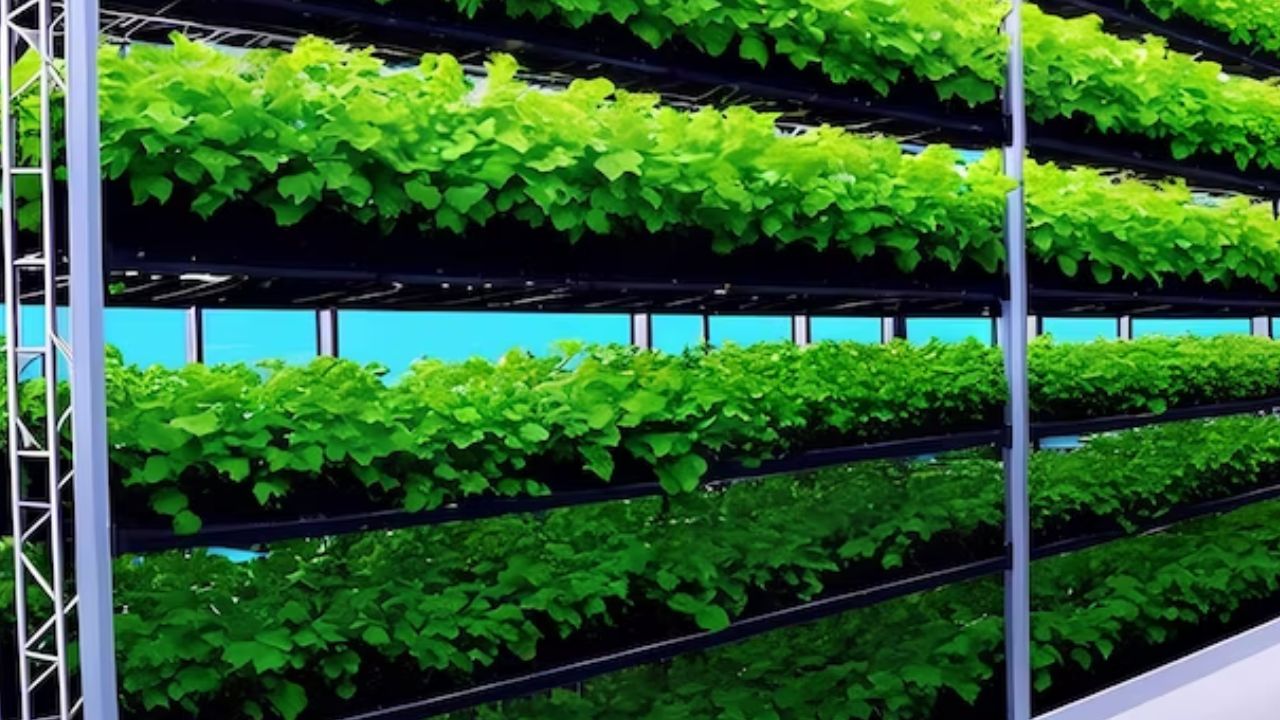As human settlement expands and urban migration accelerates, agricultural land becomes increasingly scarce in Barutem Communities. In densely populated areas, farmers face the challenge of cultivating crops and raising livestock within limited spaces. However, in this article farmers we explore an alternative way of integrating technology and innovative techniques as a viable solution to meet the growing demand for fresh, locally grown produce.
Vertical Farming: Maximizing Space Efficiency
Vertical farming represents a pioneering approach to agriculture, utilizing vertical space to cultivate crops in stacked layers or vertical towers. Hydroponic and aeroponic systems, supported by LED lighting and climate control technology, enable farmers to grow a wide variety of crops indoors, regardless of geographic limitations. By maximizing space efficiency and reducing the need for arable land, vertical farming revolutionizes urban agriculture, bringing food production closer to consumers and reducing transportation costs.

Community Gardens and Urban Farming Initiatives
Community gardens and urban farming initiatives play a pivotal role in promoting food security, community resilience, and social cohesion in urban areas. These initiatives empower residents to actively participate in food production, education, and advocacy, fostering a sense of ownership and stewardship over local food systems. By collaborating with local governments, non-profit organizations, and community groups, urban farmers can access resources, land, and support networks to establish thriving urban agricultural hubs.

Controlled Environment Agriculture (CEA)
Controlled environment agriculture (CEA) encompasses a range of technologies and techniques designed to create optimal growing conditions for plants indoors. Utilizing hydroponic, aquaponic, and aeroponic systems, CEA enables farmers to cultivate crops year-round, independent of seasonal fluctuations and climatic variability. By controlling temperature, humidity, light intensity, and nutrient levels, farmers can achieve higher yields and consistent quality, even in urban environments with limited space and resources.


Micro-farming and Intensive Production Methods
Micro-farming and intensive production methods offer scalable solutions for maximizing agricultural productivity in limited spaces. Small-scale farms, rooftop greenhouses, and vertical aquaponic systems allow farmers to intensively cultivate high-value crops while minimizing environmental footprint and resource consumption. Through careful planning, efficient resource management, and innovative design, micro-farming enterprises can thrive in urban settings, providing fresh, nutritious food for local communities and reducing reliance on imported produce.
Modular Farming Units: Modular farming units, such as shipping container farms, are compact, scalable, and easily deployable in urban settings. Equipped with AI-driven monitoring systems, these units enable precise control over environmental variables, ensuring optimal conditions for crop growth in limited spaces.


 then 'Add to home screen'
then 'Add to home screen' then 'Add to home screen'
then 'Add to home screen'